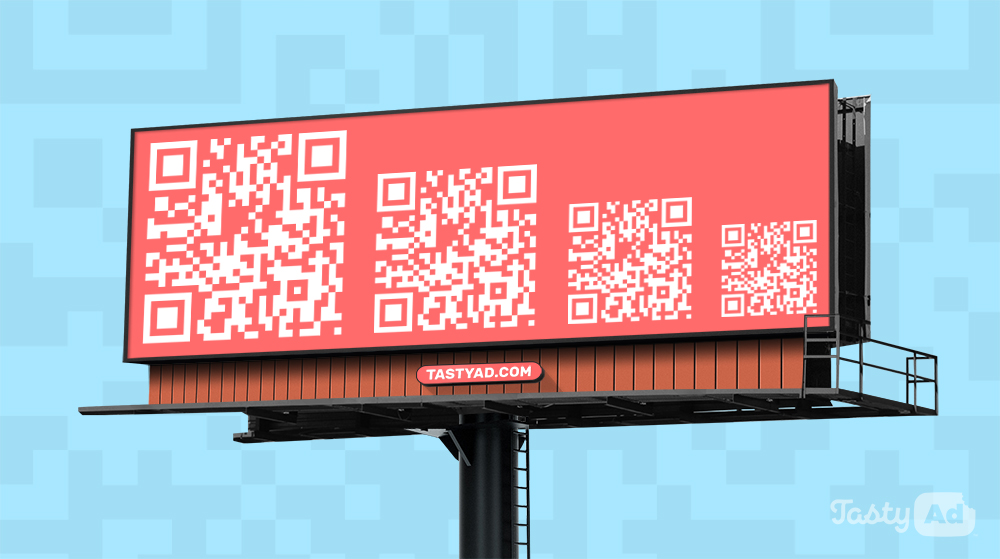Should We Use QR Codes on Billboards?

Believe it or not, QR codes have existed since the mid-1990s. It wasn’t until the rise of smartphones that they gained popularity in the 2000s. From 2010-2020 there was a rise and fall in their usage, but they have not gone away by any means. In fact, their popularity has been increasing in recent years. According to Statista, the number of smartphone users in the United States who scanned a QR code in 2022 was 89 million, up 26% from 2020. They are still highly relevant in 2024, with a growth rate of 43.20% from 2022, according to Uniquode. They are becoming even more popular, with their applications expanding across various industries.
QR codes on billboards can be used for a variety of purposes, such as:
- Promoting a website or app. This is a common use for QR codes on billboards. When someone scans the code, they are taken to the website or app, where they can learn more about the product or service being advertised.
- Generating leads. QR codes can also be used to generate leads. When someone scans the code, they are given the opportunity to enter their contact information. This information can then be used to follow up with the lead and convert them into a customer.
- Tracking marketing campaigns. QR codes can also be used to track marketing campaigns. When someone scans the code, their unique identifier is recorded. This information can then be used to track how many people have scanned the code and what they did after they scanned it.
Here are some tips for using QR codes on billboards:
The number one issue with QR codes on billboards is that they are sometimes accompanied by too many additional words. If your advertiser wants to use a QR code on their billboard ad, they should understand that their ad must be as minimal as possible. No additional call to action is needed (don’t display websites, phone numbers, addresses, etc.).
The second biggest issue is the read of the billboard. QR codes should not be used on interstate billboards, where they are too far away to be captured. The ideal billboard for a QR code advertisement is at an intersection/stop light. The billboard would ideally have a short read and be lower to the ground, giving the viewer optimal time to scan the code.
And finally, using QR codes on billboards does pose a safety risk, as you don’t want drivers using their phones to capture them. This is something you want to keep in mind when considering to use them.
Some additional billboard QR code tips:
- Make sure the QR code is large enough to be scanned easily.
- Use a clear and concise message on the billboard that tells people what they will get when they scan the code.
- Link the QR code to relevant content.
- Track the results of your QR code campaign to see how effective it is.
QR codes on billboards can be a powerful tool for marketing and advertising. By following these tips, you can ensure that your QR code campaign is successful. The number of scans a QR code will receive on a billboard or OOH face is directly related to not only the quality of the creative but the size of the code and how easy it is for the viewer to scan. So, if the advertiser is tracking the number of people that scan the QR code on the billboard, they may not be satisfied with the result if the above suggestions are not followed.


